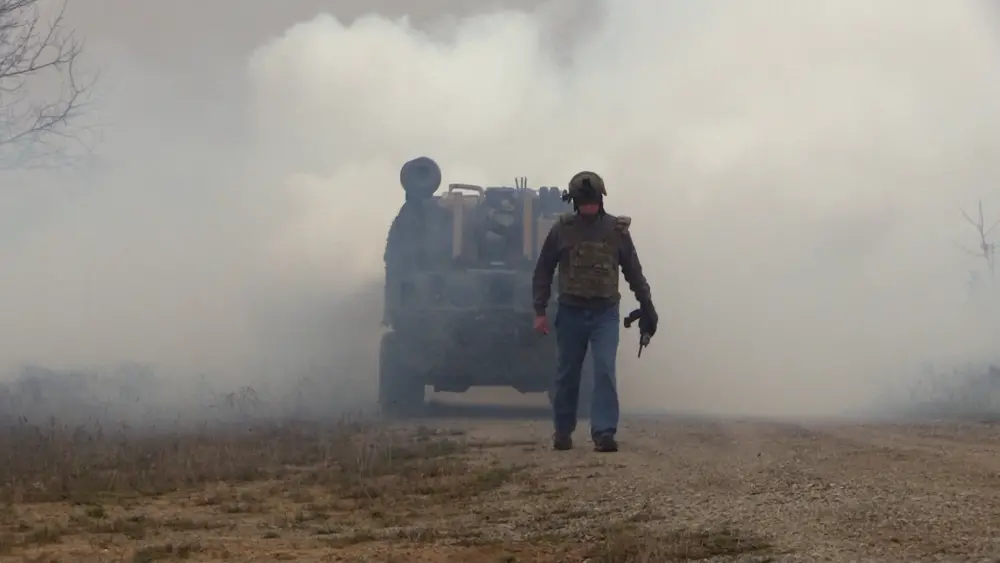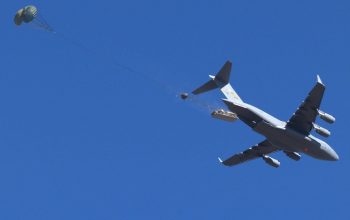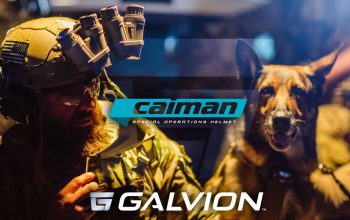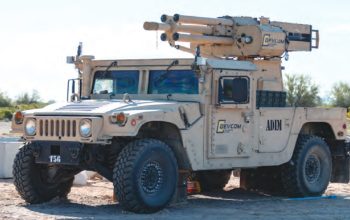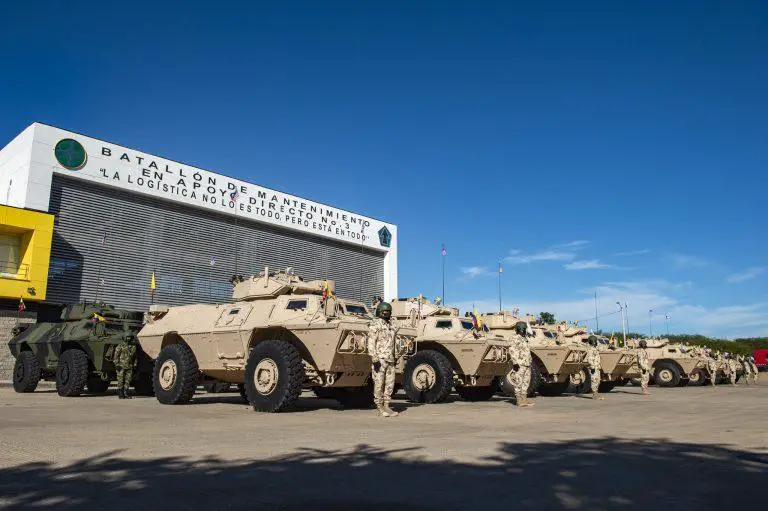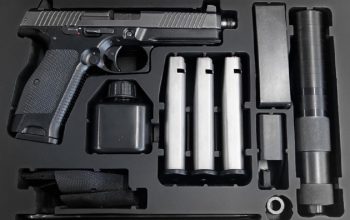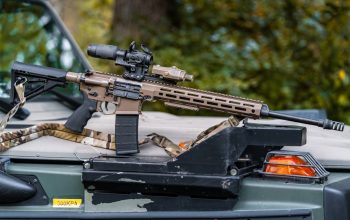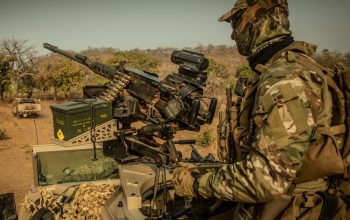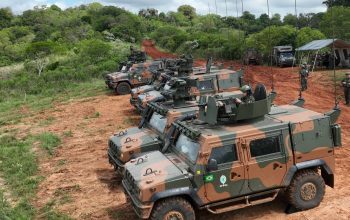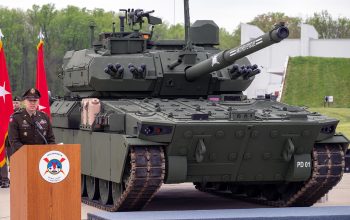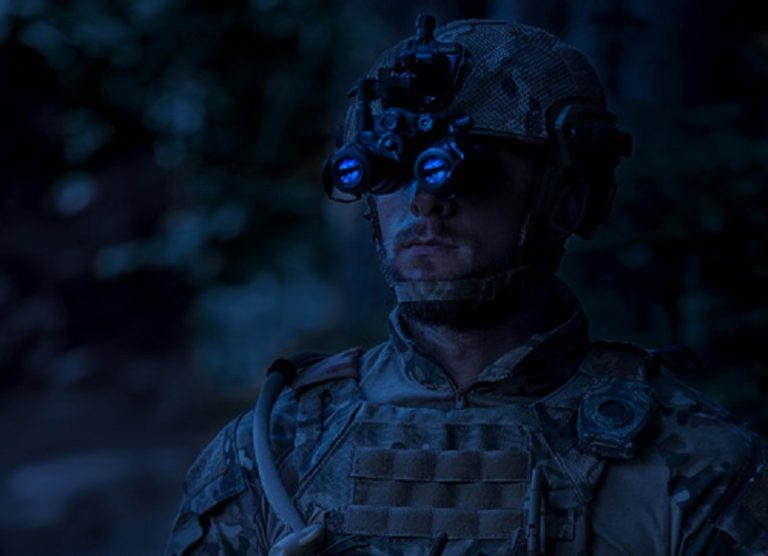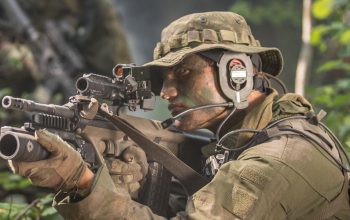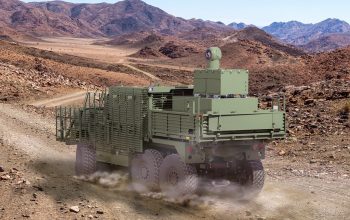Soldier feedback continues to build momentum in the U.S. Army’s Campaign of Learning surrounding robotic combat vehicles. The Project Origin vehicle is a surrogate system designed for experimentation to support the development of RCVs. Using a remote control from behind a berm, Soldiers relied on optics from the Project Origin vehicle’s tethered Unmanned Aerial System (UAS) to find targets. Utilizing M249 and M2 machine guns and the MK19 grenade launcher mounted on Origin, Soldiers were able to locate enemy vehicles and have rounds on target with no more than two corrections. Soldier feedback and engineering changes will bring rounds on target immediately or with one correction in the near future, said Todd Willert, project manager for Project Origin at GVSC.
The latest waypoint was a successful two week-long live fire exercise utilizing the Project Origin platform, a robotic combat vehicle (RCV) surrogate system supported by the Next Generation Combat Vehicles Cross Functional Team (NGCV CFT) and the U.S. Army Combat Capabilities Development Command Ground Vehicle System Center (GVSC), both of which are based at the Detroit Arsenal in Michigan. Supported by Soldiers from A Company, 1-28th Infantry, 3rd Infantry Division, Fort Benning, Georgia, the team engaged in a series of fire events in which Soldiers remotely controlled the weapon systems on the Project Origin platform to fire on both line-of-sight and non-line-of-sight targets.
The live-fire exercise benefitted from participation by the 1-28th Soldiers, who also participated in a series of exercises in November 2020 at Fort Benning. Then, the Soldiers experimented with the use of the Origin’s UAS system, smoke/obscuration module and autonomous drive functions. Getting the feedback directly from Soldiers in an operational unit is critical to the process. While the Camp Grayling event focused on the use of the UAS with the weapons system, Dyal said another utilization for UAS with RCVs is becoming increasingly clear – that of re-transmission of signals between distant Army teams on the same battlefield. Willert said the experimentation further proves the benefits of adding RCVs to the Army. Future testing with the Project Origin system will include shoot-on-the-move engagements.
